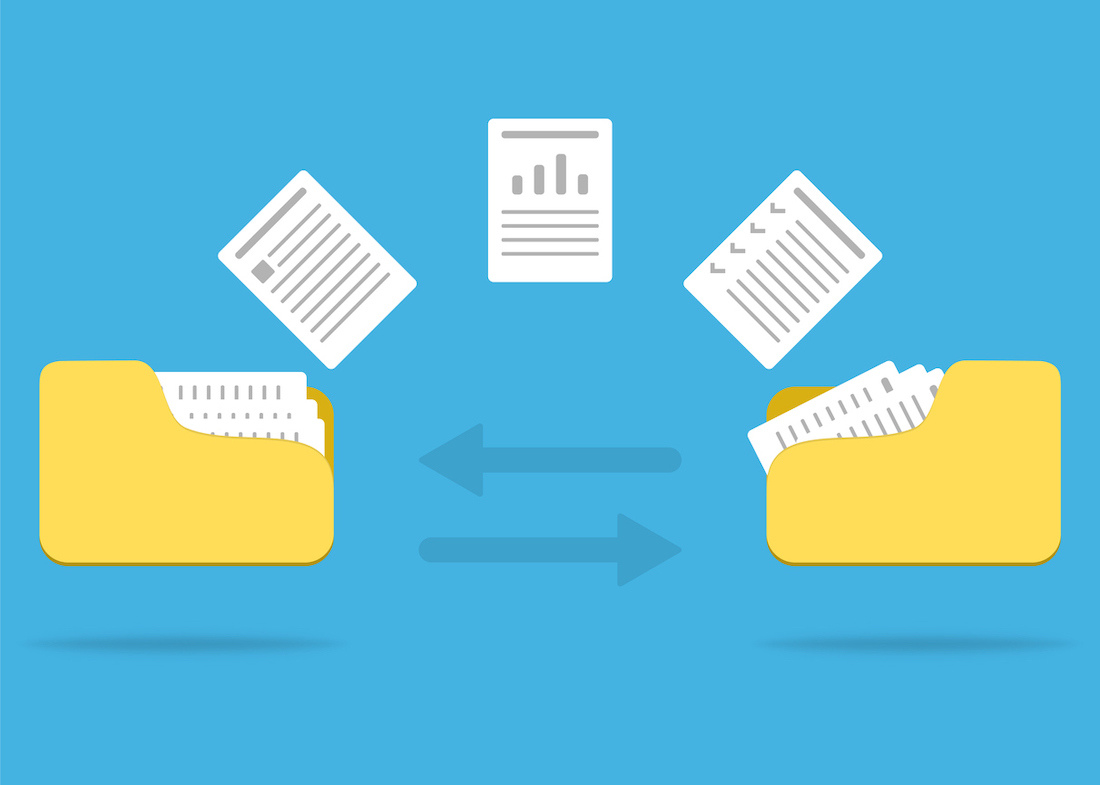This post originally appeared on CMSWire by Lindy Roux, Tendo Communications executive vice president and partner.
After multiple demos and rounds of review, you’ve selected a shiny new enterprise-grade web CMS. But now you’re faced with the daunting task of migrating all the content from your existing platform—many thousands of pages and assets—into the new system.
“No problem,” says a team member, trying to be helpful. “We’ll just do a ‘lift-and-shift.’ It should be fairly straightforward to port over all the content.”
Trust me, it will not be straightforward. And it will not save you time. The lift-and-shift approach to content migration creates thousands of unnecessary headaches. It sets you up for unanticipated surprises, delays and cost overruns.
UX pioneer Kara Pernice is even more blunt: “Lift-and-shift … is a folly fueled by fear, limited resources, inexperience and politics.”
Good thing there is a better way.
The False Promise of Lift-and-Shift
For teams migrating to a new CMS, DXP, or DAM, a lift-and-shift means you take all the content from your existing platform and push it into your new platform, largely unmodified. Automation tools and custom scripts do all the work. If any content needs updating, recategorizing or deleting, you can do it after the fact. That’s the theory, anyway.
What could possibly go wrong? Here are some of the most common setbacks:
- The junk drawer problem: Lift-and-shift is akin to taking everything from one junk drawer and dumping it into a new junk drawer. That includes all the outdated, disorganized and underperforming content that has no business being migrated. Your new CMS may end up as bloated and ineffective as the one you’re retiring.
- Content structure breakdown: Content that was structured for one platform can’t just be shoehorned into another. If you realize in the middle of a migration that your metadata doesn’t map correctly or is missing, or that hundreds of pages don’t fit your new design template, then you’ll have to scramble to fix the issues, wasting weeks or months in the process.
- Information architecture (IA) and taxonomy trouble: When you’re rushing a migration, it’s easy to overlook fundamentals. You might neglect to create a taxonomy for tagging and categorizing content. Or you may realize, near the end, that your existing IA no longer reflects your business strategy and needs an overhaul. Once again, you’re hitting the brakes to fix something you should have built correctly at the outset.
- Platform features you can’t use: When you gloss over taxonomy and content structure issues, you end up with a CMS or DXP that falls far short of its potential. You’ve paid for expensive features that you can’t take full advantage of, like dynamic content and personalization.
Notice the recurring theme? A lack of up front planning and strategy leads to content chaos down the line.
And that chaos is all too common. According to a 2014 Forrester Research survey that still resonates today, 58% of enterprises consider migrating content from old systems to be their greatest enterprise content management challenge. Another Forrester study found that the average delay for a re-platforming project is 4.2 months.
The ROI of Strategy-Led Migration
Here is the paradox of content migration: The fastest way to get it done is to go slowly, with assiduous planning and careful project management. Automation tools are incredibly helpful, but work best when driven by strategy. In addition, no matter how smart your script is, a degree of manual content curation or manipulation is unavoidable.
Now for some good news: The ROI of this approach is tremendous. If you have to convince an executive to approve a months-long content strategy for migration, then it’s an ROI conversation. Not only is the lift-and-shift approach far more expensive in terms of staff time, but it diminishes the long-term ROI of your platform, since you likely won’t be using it to full advantage.
Approach content migration as a long-term investment and an opportunity to improve the customer experience. By pruning, updating and restructuring your content and optimizing it for search engines, you’ll likely see a dramatic improvement in its performance.
4 Steps to a Successful Content Migration
How should you approach a successful content migration? Assemble your team of stakeholders (from multiple departments) to plan and execute the migration, then document your approach in a thorough plan and follow this basic process:
- Identify: Start with the question, “What are we migrating?” Conduct a content inventory to catalogue all your pages and assets. Capture and categorize everything you need to know about them: tags, meta descriptions, audience or personas, journey stage, performance metrics. Then evaluate and score them, quantitatively and qualitatively.
- Rationalize: In a spreadsheet or other tool, determine a course of action for each page and asset, such as “Keep,” “Revise” and “Archive.” You’ll discover endless opportunities to retire older content. It isn’t uncommon for an enterprise with 100,000 pages to migrate only 2,000 or so.
- Map: Determine where each page or asset will go in the new platform. Content mapping typically requires granular detail; you’re not just saying “this page goes here” in the IA. Map attributes like destination CMS folder, destination template, page type and component type. Careful mapping will help you write better migration scripts or streamline manual efforts.
- Migrate: With careful project planning and expert management you can now start moving your content into the new platform. Working iteratively in smaller batches will allow you to deploy teams in parallel and adjust your approach for any surprises along the way. Once it’s in the new platform, don’t forget to address redirects for content that stayed behind, and work with your SEO team to make sure migrated content doesn’t lose its rankings. Next, continue to refine and update the migrated content, and make a plan to create missing content that your audit identified.
Make no mistake, a content migration is hard work. And when people opt for a lift-and-shift approach, it’s often because they fear this scope of work. But while lift-and-shift sounds easier, it is undoubtedly more work and more stress in the end.
Put the time into your next migration, and when it’s done you can take pride in a platform that delivers a superb content experience for your customers.










